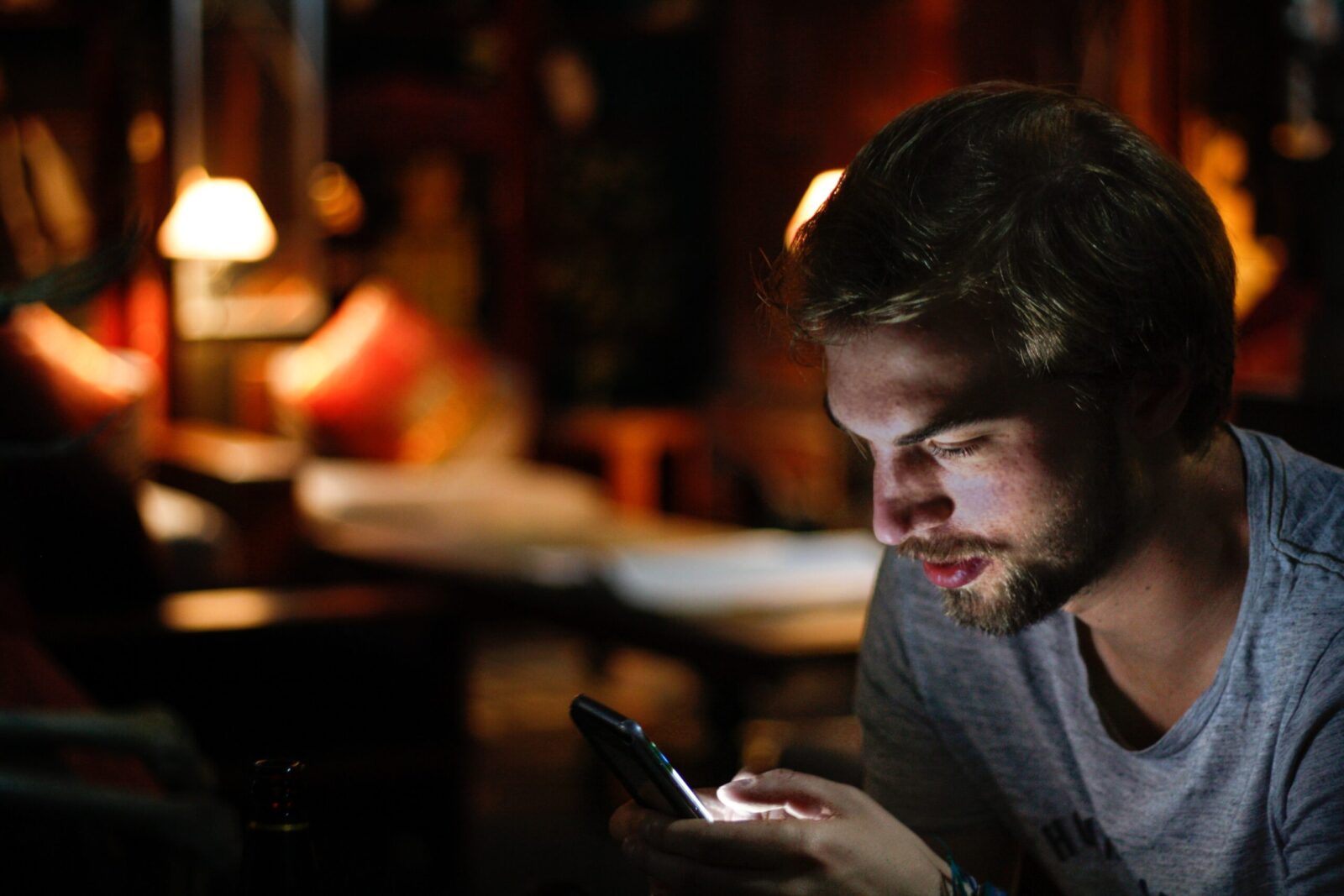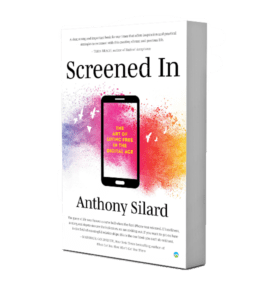Breaking Addiction to Heal True Connections
This is Part Eight of a nine-part series published over nine consecutive weeks.
Herein lies an important reminder about addiction: All addictions are to something external to you.
If you want to kick any addiction— including one (or many) mediated by your phone or laptop, such as porn, gambling, or seeking Mr. or Ms. Right—the first step is to acknowledge that the object you crave is separate from you.
Be the Prism
Most importantly, the object is not you. You are much larger than it.
A useful metaphor is to think of yourself as a prism. If you set a prism next to a rose, it takes the color of the rose. If you place it next to a puddle of mud, it assumes the color of the mud.
Yet the prism is neither the rose nor the mud; it is a prism.
To break an addiction means to face the fear of confronting yourself that led you to overattach to something external to yourself (the metaphorical rose or mud) in the first place.
That means constructing a fence around the fledgling sense of self you are trying to revitalize. The fence, the Digital Limiting Strategy, is the defining of your daily Online Entry Points (OEPs): how many, how long, how often.
Make a commitment to only go online during premeditated OEPs and you will be taking a stand for developing a meaningful relationship with yourself.
Your limited OEPs (the fence) will protect you from the brogrammer brigade competing for your attention away from yourself and onto the profitable, candy-colored, addiction-generating distractions on which they build their livelihoods.
The Ideal Is Above the Real
If you are going to embark with me on this journey, it’s important to go easy on yourself when you don’t meet your OEP goals.
Recall that this level of psychological effort to adapt to a new technology is unprecedented in the history of humankind, and to expend this effort goes against our natural human inclination to conserve our limited attentional resources (i.e., to think as little as possible).
“Today I didn’t do so well, as I gave in and checked my phone and email more often than I should have,” Doug, a disabled veteran from Sarasota, Florida, shared with me.
“It is strange, but I actually feel guilty since I have grown accustomed to this new norm of resisting technological influences that are not necessarily healthy,” Doug continued. “Even though I fell off the wagon, I plan to grab myself by my bootstraps and get back up again.”
If you are to join me on this mission to limit your Online Entry Points, it’s critical that, like Doug, you learn not to beat yourself up not if, but when you lapse.
Be Kind to Yourself
Instead, return to your center. Recall that your OEP goals are the ideal, and the ideal is always above the real. Nonetheless, it’s important to have an ideal. Otherwise, you never know which direction to move in.
“I like this idea, but it seems impractical,” you may be thinking. “There is a whole host of apps, notifications, and buzzing sounds that emanate from my phone and conspire against any attempt I make to limit online access, as you suggest.”
Paola, a surveyor from Milan, Italy, shares: “A relationship with one friend, Sofia, has been strengthened by swapping texts for phone calls. We try and get together once a week and rather than coordinating our meetups through text, we pick up the phone. Sometimes our conversations are brief, but sometimes we get the chance to catch up and be more open and honest about how we are feeling and how our weeks have been. I have been noticing this with my coworker, Giovanni, as well.”
Does only checking your phone in predesignated blocks of time seem way too limiting?
Consider the alternative to the admittedly self-constraining OEP model: if you check your phone often, or hear or see buzzes, rings, or messages popping up on it all the time through push notifications, you end up so distracted that you can’t focus on anything substantial for any extended period of time.




